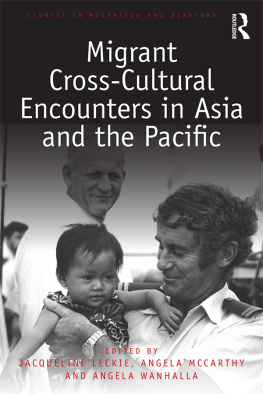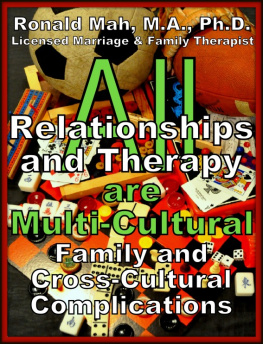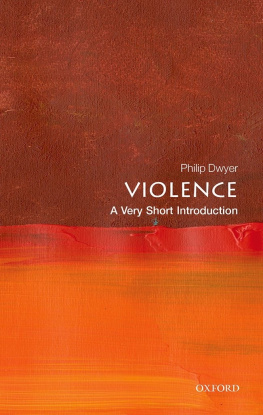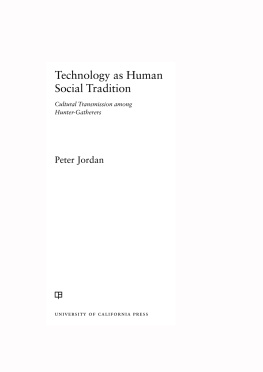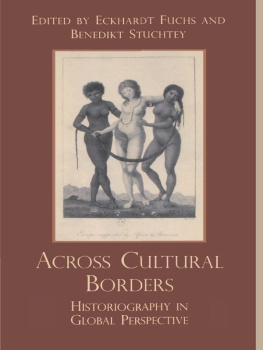Sanctions and Sanctuary
Women in Cross-Cultural Perspective
Sue-Ellen Jacobs, Series Editor
This series presents ethnographic case studies that address theoretical, methodological, and practical issues in basic and applied fieldwork; it also includes cross-cultural studies based on secondary sources. Edited by Sue-Ellen Jacobs, the series aims to broaden our knowledge about the varieties and commonalities of women's experiences. One important focus of the series is on women in development and the effects of the development process on women's roles and status. By considering women in the full context of their cultures, this series offers new insights on sociocultural, political, and economic change cross-culturally.
Sanctions and Sanctuary
Cultural Perspectives on the Beating of Wives
Edited by
Dorothy Ayers Counts, Judith K. Brown, and Jacquelyn C. Campbell
First published 1992 by Westview Press
Published 2019 by Routledge
52 Vanderbilt Avenue, New York, NY 10017
2 Park Square, Milton Park, Abingdon, Oxon OX14 4RN
Routledge is an imprint of the Taylor & Francis Group, an informa business
Copyright 1992 by Taylor & Francis
All rights reserved. No part of this book may be reprinted or reproduced or utilised in any form or by any electronic, mechanical, or other means, now known or hereafter invented, including photocopying and recording, or in any information storage or retrieval system, without permission in writing from the publishers.
Notice:
Product or corporate names may be trademarks or registered trademarks, and are used only for identification and explanation without intent to infringe.
Library of Congress Cataloging-in-Publication Data
Sanctions and sanctuary: cultural perspectives on the beating of
wives / edited by Dorothy Ayers Counts, Judith K. Brown, and
Jacquelyn C. Campbell.
p. cm.(Women in cross-cultural perspective)
Includes bibliographical references and index.
ISBN 0-8133-7897-4
1. Wife abuseCross-cultural studies. I. Counts, Dorothy Ayers.
II. Brown, Judith K. III. Campbell, Jacquelyn. IV. Series.
HV6626.S25 1992
362.82'92dc20
90-23009
CIP
ISBN 13: 978-0-367-28655-2 (hbk)
To Beatrice B. Whiting, with admiration, gratitude, and friendship, and to those women around the world who are being beaten and those trying to help them
When Jacquelyn Campbell asked me to write this foreword, my first thought was, "I wish this collection had been published two years earlier." My wish for earlier publication was selfish, as two years ago I was churning through the ethnographic literature looking for information about spousal violence and detailed descriptions of wife-beating events in non-Western societies. Although I eventually found enough information to survey violence between spouses in ninety societies, it was obvious that spousal violence is a topic that is often ignored or given only passing attention by ethnographers. Sanctions and Sanctuary: Cultural Perspectives on the Beating of Wives is a significant step in filling this gap in the ethnographic record. Fourteen of the seventeen chapters provide overviews of wife-battering in different societies as well as detailed descriptions of wife-battering events and their social context in those societies (see for the editors' distinction between wife-beating and battering). Although emphasis is placed on societies in Melanesia, there is also coverage on groups from Central America, South America, Taiwan, the Middle East, and Africa.
The value of this volume is not in a probability sampling of the world's societies but, rather, in the rich ethnographic descriptions that indicate the range and diversity of wife-battering and its contexts around the world. Thus, societies with frequent, less frequent, infrequent, and no wife-battering are included, as are societies in which wife-battering is linked to female suicide (a phenomenon largely ignored in Western-based research on family violence) and in which women have alternatives that allow them to escape batterings. These chapters give one a real sense of the surprising variation in the types and frequency of wife-battering around the world. In addition, they provide information that places wife-battering in the political, economic, and social contexts in which it occurs. This is important, as cross-cultural research consistently shows that individual behavior must be interpreted and explained within its broader cultural context. To go one step further, the descriptions here also support, though in an anecdotal way, previous cross-cultural findings on the relationship between battering and economic and political inequalities between men and women.
The detailed ethnographies are the major strength and contribution of this collection, yet it is far more than a compendium of descriptions. research, evolutionary biology, and Western-based research. Because the authors followed the same general approach in organizing their ethnographic information, the chapters tend to flow and to compliment one anotherno mean achievement in an edited work such as this.
Beyond informing, this collection also stimulates the reader to think about and study topics and issues perhaps ignored in earlier cross-cultural and single-culture studies of family violence. For example, the authors illustrate what comes in the aftermath of family violencethe feelings and responses of the victims, the perpetrators, and the community; the distinction between socially acceptable and unacceptable violence in the family context; the role of social change both over time and over place; and the emotion anger seen from a cross-cultural perspective.
To sum up, this collection adds valuable information to the growing cross-cultural literature on family violence. These descriptions of wife-battering in fourteen cultures need to be considered by any serious student of family violence, whether his or her interests are descriptive, conceptual, theoretical, or applied. This book should serve as a model for collections on other topics, which would do well to emulate both the consistency in coverage from chapter to chapter and the integration of the data into broader perspectives.
David Levinson
Human Relations Area Files
The conversations and symposia resulting in this volume began in 1985 when I returned from Papua New Guinea newly aware of the problem of wife-beating there. In an effort to learn how other anthropologists had dealt with incidents of wife abuse and domestic violence in the societies they had studied, I looked for books and articles on the topic. When I found almost no anthropological discussion of wife-beating or battering, I called on Judy Brown for help. Because of her long interest and considerable expertise in women's issues, I knew that if anyone would be familiar with the anthropological literature on wife-beating and battering it would be Judy. Intrigued with the problem, Judy did her own search of the literature. Her research results were similar to mine; clearly anthropologists had ignored or had glossed over with throw-away one-liners a topic of serious dimensions and great importance to women. In an effort to bring the problem to the attention of other anthropologists, we called on our colleagues who had data on wife-beating and battering in societies where they had worked to share their experiences and insights with us. To this end, Judy and I co-organized a session on wife-beating at the 1987 meetings of the American Anthropological Association, and I organized a series of sessions and a symposium at the Association for Social Anthropology in Oceania (ASAO) meetings in 1986, 1987, and 1988. Many, but not all, of the chapters in this volume were presented at one or more of these sessions. Jacquelyn Campbell, who published one of the first cross-cultural studies on wife-beating and who has both conducted research on and had practical experience with shelters for battered women, participated in the American Anthropological Association meetings. Following the meetings she joined us as a co-editor of this volume; it was she who kept us going when we were discouraged, and it was Jackie who first contacted Westview Press and who negotiated with them during the earlier stages of publishing this volume.


